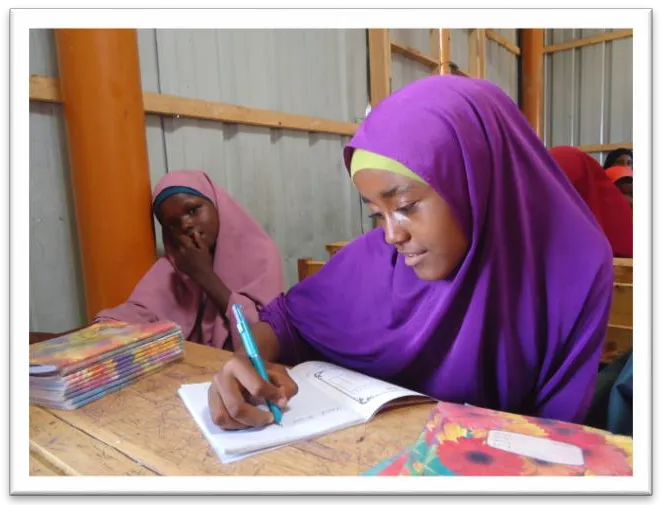MOGADISHU, SOMALIA – Hamdi is one of six children. Her parents divorced and abandoned her and her siblings when she was only 6, shortly after they had fled ongoing fighting in their hometown in the Lower Shabelle region for Mogadishu. The children were left to fend for themselves. Hamdi’s oldest sister, Istar, became the only mother and father they would know.
At first, Hamdi was enrolled in a school that was providing affordable primary education funded by the U.N. But in 2013, the school was shut down due to lack of funds, and Hamdi dropped out. She had always dreamed of becoming a doctor, but with the closure of her school and her sister’s inability to provide school fees, she felt lost and disheartened.
“My life had lost meaning,” Hamdi says. She began washing clothes for other families to support the household income. She is from a minority clan in Somalia, meaning that she faces more challenges and has fewer opportunities compared with the other dominant clans, especially in terms of access to quality education and gainful employment.
Opportunities for education in Somalia are limited anyway. Only 42 percent of primary school-age children in the country are going to school. Civil war, drought, displacement and steep social and economic barriers have affected education delivery and contributed to one of the lowest school enrollment rates in the world.

